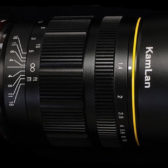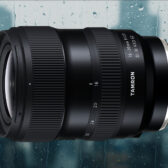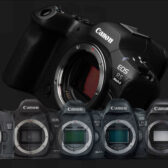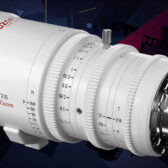Canon updated its uniquely-Japanese “Apology and Guidance” announcement, revealing that new orders of the EOS R3 body and also the RF 14-35 f/4 lens can take more than half a year to deliver due partly to supply constraints, but also because of demand “in excess of expectations.”
A list of products taking merely “longer than usual” to deliver includes the RF 16mm f/2.8, the RF 400mm f/2.8, and – interestingly – the not-yet-released RF 800mm and the RF 1200mm.
|
When you purchase through links on our site, we may earn an affiliate commission. Here's how it works. |











